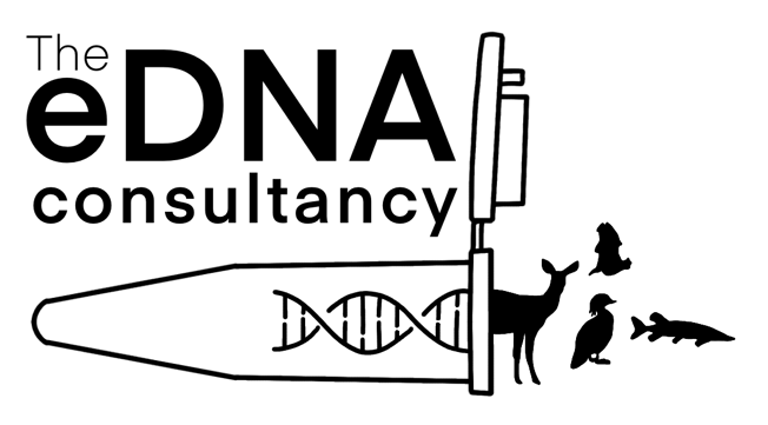
eDNA Survey Design
Why It Matters and How We Can Help You Get It Right


Environmental DNA (eDNA) surveys have changed the way we monitor wildlife and implement biodiversity assessments. They allow us to detect species from traces of DNA in water, soil, air or on surfaces without ever needing to see or capture the organism.
But to produce reliable, defensible results, eDNA survey design must be carefully tailored to your target species, habitat, and ecological goals. At The eDNA Consultancy, we combine our expertise in eDNA methods with your ecological context to design robust, scientifically sound surveys that deliver clear, meaningful data.
Why eDNA Survey Design Is Crucial
A well-designed eDNA survey asks the right ecological questions and applies molecular techniques strategically. Poor survey design can lead to false negatives, wasted resources, or misleading conclusions. The key is understanding both how eDNA behaves in the environment and how the target species interacts with its habitat.
Key Considerations for Robust eDNA Surveys
1. Time of Year
Seasonality is critical in eDNA survey design. Breeding, spawning, or migration periods are often when species shed the most DNA. Conversely, colder months may help DNA persist longer in the environment. Choosing the right time to sample maximises detection probability and reduces false negatives.
2. eDNA Dilution and Sample Number
Environmental DNA disperses rapidly in dynamic systems such as rivers, estuaries, or wind-exposed habitats. The more dilute the DNA, the harder it can be to detect. Increasing sample number or replicating across microhabitats can account for dilution, we can advise you as to when that is appropriate.
3. DNA Shedding Rates of Target Species
Different species release eDNA at different rates depending on their biology, behaviour, and body size. Understanding shedding rates helps determine how much sampling effort is required for reliable detection.
4. Species Distribution and Abundance
Species that are rare or patchily distributed require more intensive sampling to detect. Mapping known or expected distributions allows us to design targeted sampling strategies that maximise efficiency and detection power.
5. Habitat Type and Environmental Conditions
Environmental factors such as temperature, pH, UV exposure, and microbial activity all affect DNA degradation. Our team selects the most appropriate sample type and preservation method to ensure high-quality DNA recovery in each environment.
Our Approach to eDNA Survey Design
At The eDNA Consultancy, we work with conservation NGOs, researchers, and environmental consultancies across the UK and beyond to develop custom eDNA survey designs that are biologically meaningful and methodologically rigorous.
Our process includes:
Scoping and design: defining project aims, target species, and optimal sampling approaches.
Field strategy: determining the right number of samples, replication, and seasonal timing. Alongside access issues and effort for your field team.
Sampling training: Because it isn’t just collecting water! Where and how you collect your samples can make all the difference to your results. Our team can collect your samples for you, or provide you with the resources you need to collect robust samples.
By integrating our molecular ecology expertise with your on-the-ground ecological knowledge, we help ensure your eDNA survey is scientifically robust, defensible, and cost-effective.
Whether you’re looking for an eDNA baseline survey, to measure restoration success, or to find invasive or rare species, we can help you design and implement an eDNA survey that delivers results you can trust.
The eDNA Consultancy
Where our expertise meets yours
ADDRESS
Unit 4 & 5, Tanhouse Farm, Frampton on Severn, Gloucestershire, GL2 7EH, GB
INQUIRE ABOUT OUR SERVICES
Web design and graphics by Bear Bones
The eDNA Consultancy Ltd is registered in England and Wales 15508607. VAT no: 482885735 © Copyright The eDNA Consultancy Ltd. All rights reserved.
